Peter R. Johnston9780849319778, 0-8493-1977-3
Table of contents :
Fluid Sterilization by Filtration……Page 1
Preface……Page 4
The Author……Page 5
Introduction……Page 6
Units of Measure……Page 12
References……Page 19
Table of Contents……Page 15
1.1 Overview……Page 26
1.2 Understanding the Plot……Page 27
1.3 Separating Viscous Flow from Inertia Flow……Page 28
1.4 The Meaning of Permeability……Page 29
1.6 Complicated Pore Geometry……Page 30
1.8 Different Kinds of Average Pore Diameters……Page 31
1.9 Deducing the Flow- Averaged Pore Diameter……Page 32
1.10 The Streaming Potential……Page 33
1.11 Compatibility of Different Liquids with Different Filter Media……Page 34
2.1 Introduction……Page 35
2.3 Filters with Rated Pore Diameters Smaller than 0.5……Page 37
2.4 Examples of Gas-Slip Flow Comparison to Liquid-Viscous Flow……Page 39
2.5 Comparing Liquid Flow to Gas Flow……Page 40
3.1 Modeling Random Pore- Size Distributions……Page 41
3.2 Math Model A……Page 42
3.3 Math Model B……Page 44
3.5 Fluid Flow through Many Layers……Page 46
4.1 The Bubble Point……Page 48
4.2 The Extended Bubble-Point Test……Page 49
4.3 The Integrity Test……Page 53
4.3.1 Calculations around the Flow Decay Test……Page 54
4.3.2 Example of a Flow Decay Test……Page 55
4.4 The Drainage Test……Page 56
4.5 The Mercury-Intrusion Test……Page 59
4.6 The Oil-Penetration Test……Page 60
5.2 Clarity of Streams……Page 62
5.3 The Meanings of Particle Size and How to Measure It……Page 63
5.4 Particle-Size Distributions……Page 64
5.6 The Meaning of Particle-Size Distribution in Fine Grade Test Dust……Page 65
5.6.1 Deducing Number Distribution from Mass Distribution……Page 66
5.6.3 An NFPA Standard……Page 69
5.6.4 Other Grades of SiliceousTest Dusts……Page 70
5.7 Mathematical Models of Particle- Size Distributions……Page 71
6.1 Problems of Definition……Page 74
6.2 When Clarity Means Particle-Size Distributions……Page 75
6.3 Comparing the Particle-Size Distribution in the Feed Stream to That in the Filtrate……Page 76
6.6 Deducing Pore Sizes from Filtration Tests……Page 80
7.2 The Kozeny-Carman Constant……Page 82
7.3 The Kozeny Factor for Fibrous Media……Page 84
7.5 Other Aspects with Granular Media……Page 86
8.1 Choosing Filter Media……Page 89
8.2 Views of the NFPA and the SAE……Page 90
8.3 Views in the Chemical Process Industry……Page 91
8.5 Separating Immiscible Fluids……Page 92
8.6 Filtration Testing Guidelines……Page 93
9.1 General Principles……Page 94
9.2.1 Examples of Zeta Potential……Page 95
9.3 Sieving Filtration……Page 96
9.4 Another View of Sieving Filtration……Page 98
9.5 Absolute Filtration……Page 99
9.7 Reaching a Standard by Which to Rate Media……Page 100
9.8 Filter Media Composed of Nanofibers……Page 101
10.1 Gas Filtration and Liquid Filtration Compared……Page 103
10.2 Test Methods in Gas Filtration……Page 104
10.3 Filter Media with Nanofibers……Page 105
11.1 Revisiting Elford ( 1933)……Page 107
11.2 Test Microbes Used……Page 109
11.3 Filtration Efficiency Required of Test Microbes……Page 110
11.4 Properties of Membranes vs. Ratings……Page 111
11.4.1 Ratings vs. Flow-Averaged Pore Diameter……Page 112
11.4.2 Bubble Points vs. Flow-Averaged Pore Diameter……Page 113
12.1 What Is Cross- Flow Filtration?……Page 115
12.3 Flow Ratios of the Three Streams……Page 116
12.5 Flux Decay……Page 117
12.6 Test Procedures……Page 118
12.8.2 Harvesting Microbes……Page 119
12.8.5 Cross- Flow Electrofiltration……Page 120
12.9 Detailed Theory……Page 121
13.1 Empirical Background……Page 122
13.2.1 The Cake Filteration Law……Page 125
13.2.4 Complete Blocking……Page 126
13.3.2 Work of Tanny et al…….Page 127
13.3.3 Work of Wrasidlo and Mysels……Page 129
13.3.6 Work of Badmington et al…….Page 130
13.4 Commercial Aspects of the Cake Filtration Law……Page 131
14.2 Mathematical Models of Capacity……Page 134
14.3.2 Intermediate Blocking……Page 136
14.4 Commercial Interests in the Cake Filtration Law……Page 137
14.5 An Example of Cake Filtration with the Use of a Filter Aid……Page 139
14.5.2 Curve 3……Page 140
14.6 General Comments……Page 141
15.1 Centrifugal Pumps……Page 142
15.2 An AIChE Test Procedure……Page 143
15.3 A Draw- Down or Recirculation Scheme of Filtration……Page 144
15.4 Supercompactable Filter Cakes……Page 145
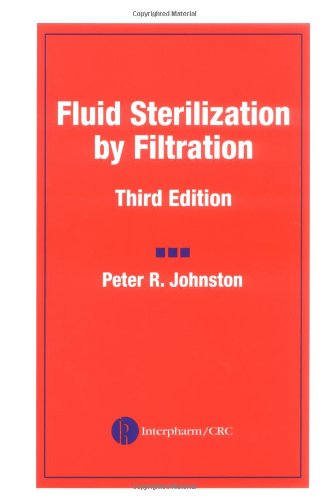
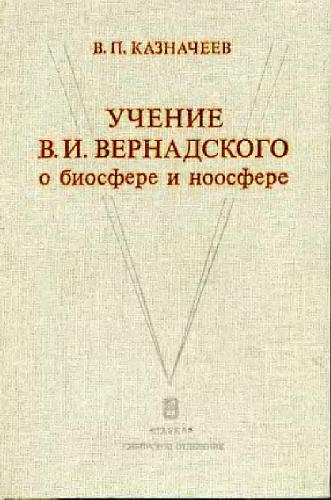

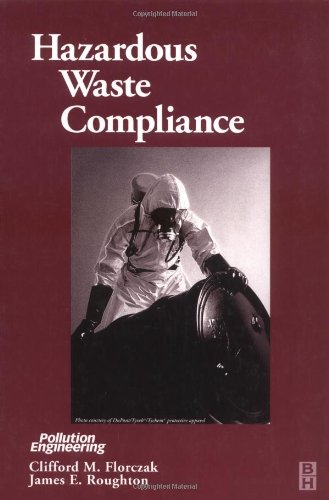
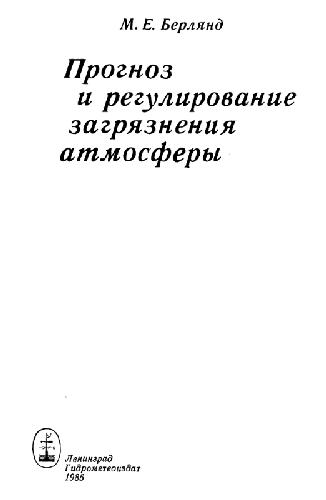
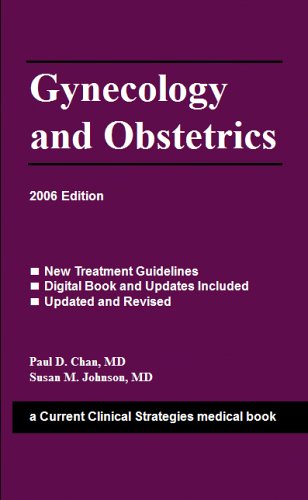
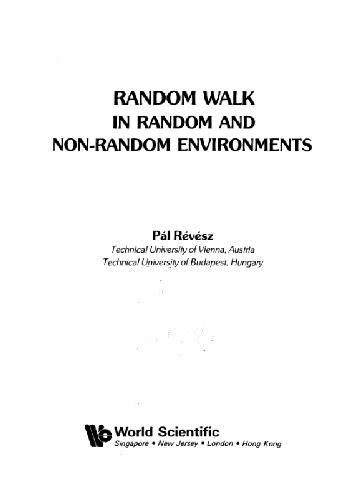
Reviews
There are no reviews yet.